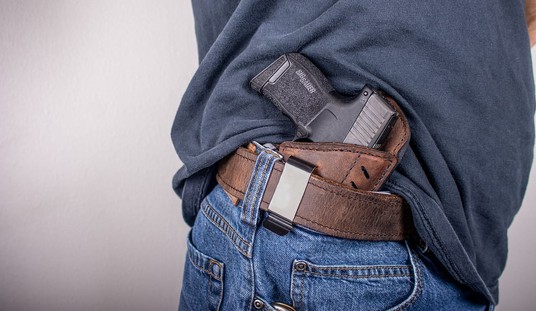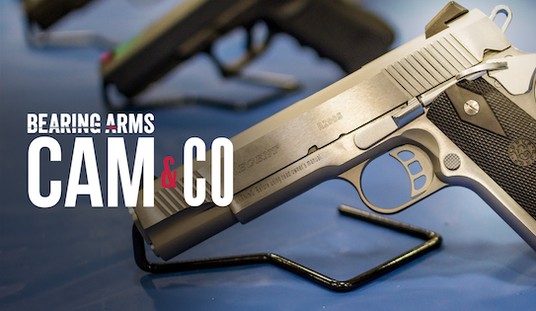For a predator, the disabled often look like a prime target. With their physical ailments, the thinking is that these folks won’t put up much of a fight.
That’s why a number of individuals with disabilities have obtained their concealed carry permits throughout the nation.
Over at NRA Family, they took a look at some of the unique challenges of carrying a firearm while using a wheelchair.
Disabled citizens who choose to carry a concealed firearm do so for very good reasons; disabled folks often look like easy targets to criminals. But when it comes to CCW while in a wheelchair, the user has more to consider than their able-bodied counterparts. One thing that’s key is holster selection. Like firearm selection, your choice will rely on your intentions, experience level and comfort. Other factors include the holster’s limitations and capabilities when taken in combination with the specifications of the user’s wheelchair. All of these considerations make concealment in a wheelchair seem like an impossible mission, but this section will present some simple adjustments to holster wear that may help with concealment and comfort while maintaining mobility and accessibility.
They list three things to look for with regard to a holster. I don’t want to copy all of them, because that’s plagiarizing, but there is one that I found interesting, and that was the advice to look for leather over Kydex.
1. Leather Construction
The benefit of leather construction is a decreased risk of skin injury from rough or sharp edges. Holsters made of Kydex and other plastics are highly versatile and can accommodate all types of firearms, but should be used with caution. Their rigid structure and modular designs can result in exposed fasteners, sharp angles and plastic burrs. A good compromise is the hybrid holster which places a more pliable material like leather against the body while taking advantage of the excellent shaping properties of plastics to hold the pistol. This is not to suggest that leather is the solution to all problems. Any device strapped to the body has the potential to create areas of increased pressure so, depending upon the level of intact sensation, the user must be vigilant in their skin care protocols to avoid any unnecessary and unpleasant complications.
Now, I’m a recovering holster snob. I used to think anything other than leather was somehow defiling the nobility of the firearm.
I’ve got a Kydex holster with the Gadsden Flag printed on it, so that changed.
However, the advice for leather is one derived from practical consideration, not snobbishness. Frankly, it makes a lot of sense, and I wholeheartedly second that recommendation. I also see the hybrid holster as a potential second choice.
If possible, try the holsters and see what will be comfortable. If it’s uncomfortable during a try-out, it’s not likely to get that much better. Especially for Kydex.
For the rest, read the original. Then make sure anyone you know who needs this information gets it.
Hat tip: Active Response Training








Join the conversation as a VIP Member